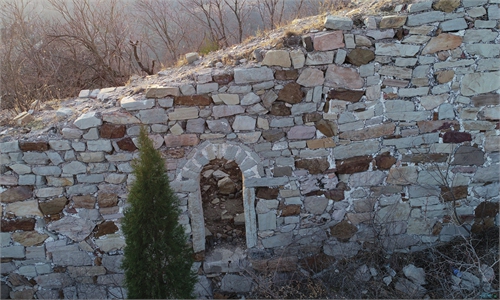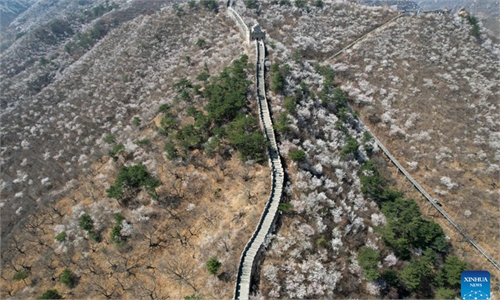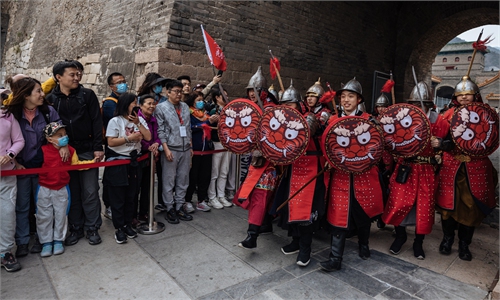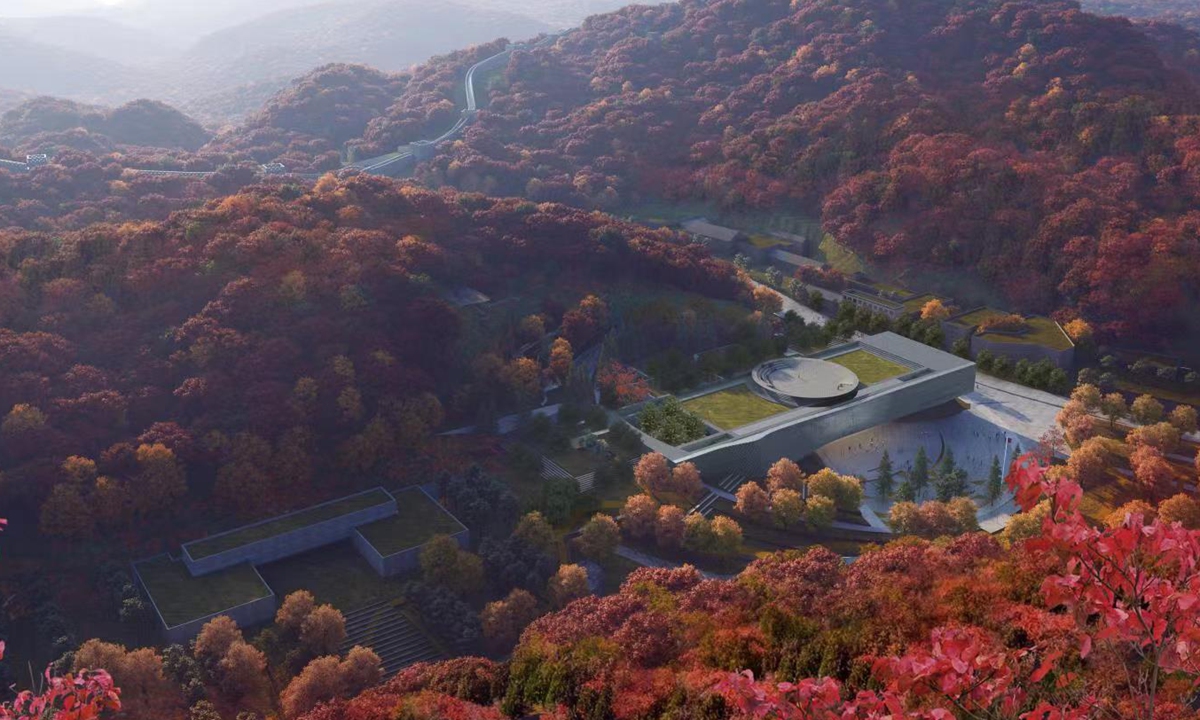
Concept image for the redesign of the Great Wall of China Museum Photo: Courtesy of Li Yinong
Going up against 32 of the world's top architectural studios, including Pritzker Prize winner RCR Arquitectes in Spain, Chinese architect Li Yinong's team at the Beijing Institute of Architectural Design (BIAD) has won the bid to upgrade the Great Wall of China Museum. The designer said the project has "kindled her passion" while also brought pressure due to the Great Wall's symbolic significance for the whole nation.
"We want to show the spirit of China's 'modern Great Wall,'" Li told the Global Times.
'Symbol of civilization'
Li and her team will be in charge of upgrading the Great Wall of China Museum located right at the foot of the Badaling Great Wall, a signature segment of the Great Wall built in the Ming Dynasty (1368-1644).
Founded in 1994, the museum is home to more than 2,000 Great Wall-related relics, but nonetheless has been a less visited spot since it is located rather far from the main tour route along the Badaling Great Wall.
Currently, a 10-meter-high wall encloses the museum, cutting it off from the surrounding natural greenery. The museum's 1990s design includes a hotel as well as administration and office buildings in the two wings of the museum.
According to Li, these additional functions are too "scattered" and "no longer can cater to today's demands for cultural consumption."
Seeking to make the Great Wall the center of the site's design, the team has already reorganized the museum area by removing the hotel blocking the entrance, while the road in front of the venue has been extended into what they call the "Great Wall Arts Valley."
In the future, the valley will be a major spot for a Great Wall cultural market and festivals.
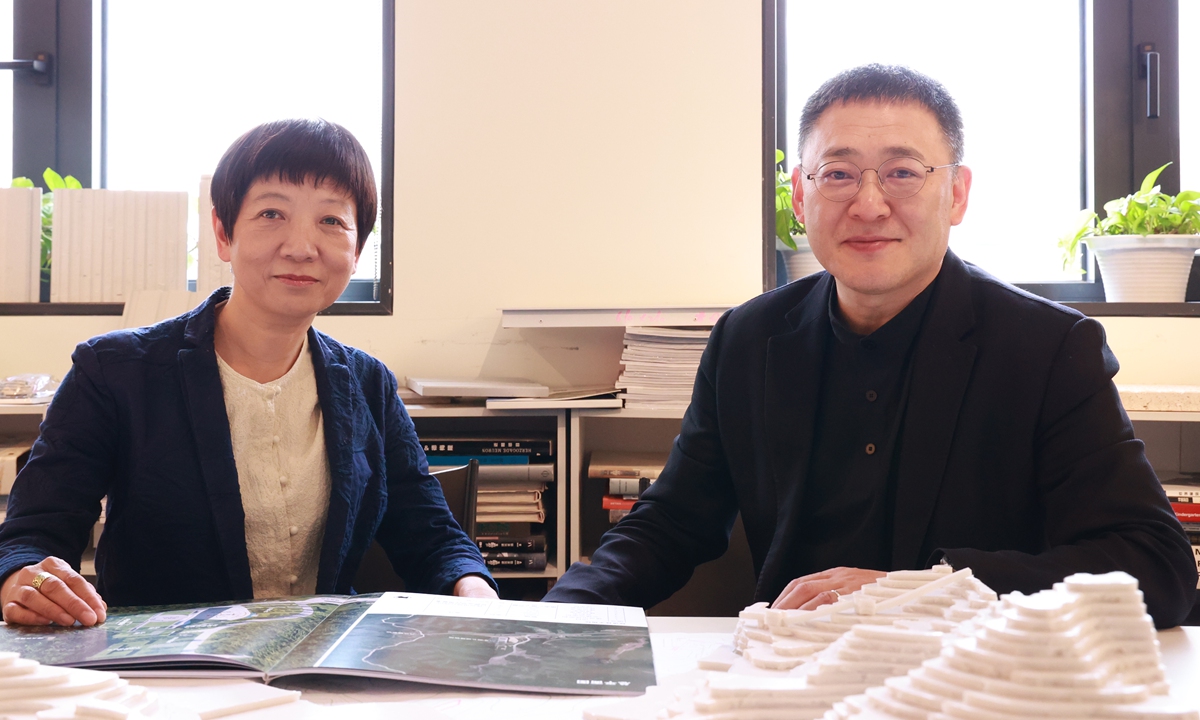
BIAD's director Xu Quansheng and Li Yinong Photo: Courtesy of Li Yinong
Li told the Global Times that these exterior changes helped expose the museum to the surrounding mountainous environment. Interior upgrades will be much more "thoughtful," it focuses on upgrading the venue to become a embracing cultural space equipped with modern functions such as digital screens and a hall for diplomatic events. The Great Wall Photo: VCG
Several massive French windows have been installed in the museum's public hall. This is just one "scenic point" along with three others that allow visitors to view the Great Wall in the distance while sitting down to relax.
The lead designer disclosed to the Global Times that among all the newly added facilities, the museum has a new hall that showcases visits by world leaders.
The hall will display rare historical materials recalling scenes such as the UK's late Queen Elizabeth II's visit to the Great Wall in 1986. The hall will also serve as a space for diplomatic events.
"The Great Wall is a symbol of Chinese civilization. In ancient times it safeguarded peace by drawing boundaries. Yet this historical interpretation should be modernized to show the current Great Wall's role as a world cultural legacy that represents China's pursuit of peace and harmony," Li said.
The fully upgraded museum is expected to cover an area of 16,000 square meters.
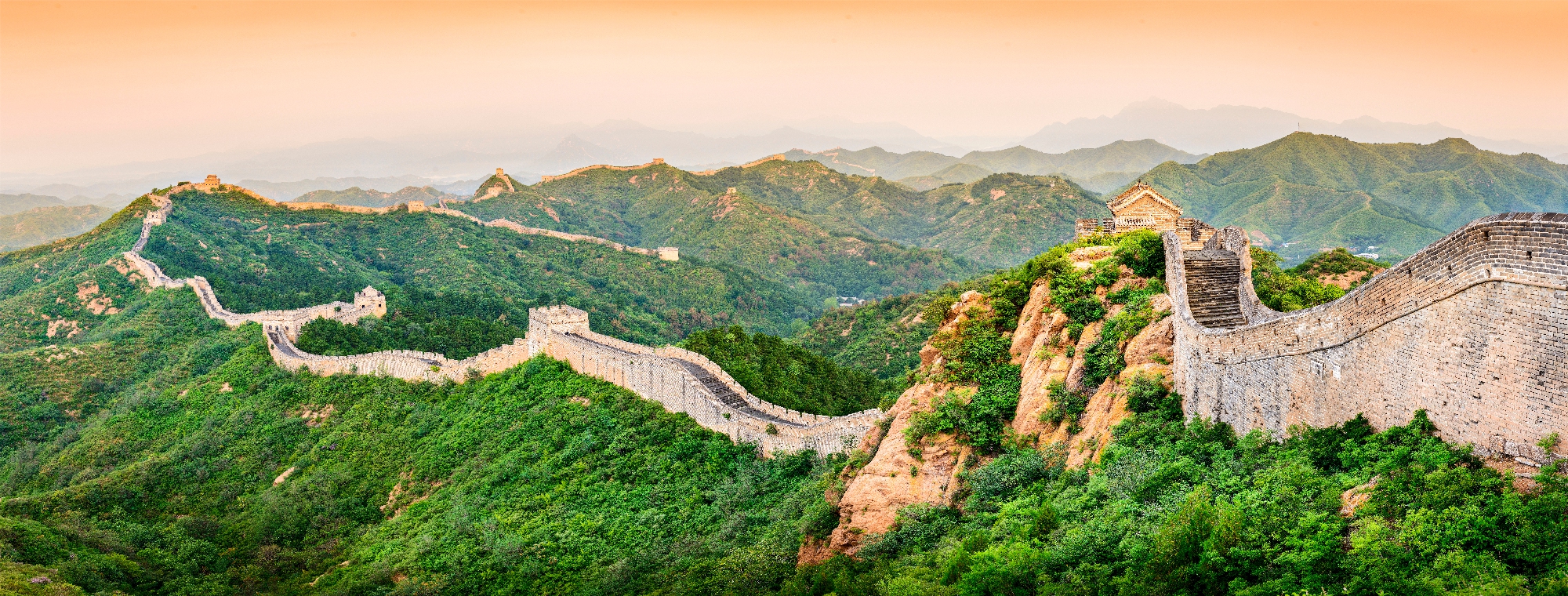
Powerful spirit
First submitting their bid in April 2022, Li's team went through several plans to redesign the museum, which is a key project for China's Great Wall National Cultural Park scheme.
Although the BIAD team was competing against world famous studios, Li told the Global Times that as a Chinese team who shares the cultural pride of the Great Wall, she was confident from the beginning.
"We grew up knowing the Great Wall's cultural meaning. This helped us to seize upon its core aesthetics," Li said.
The new design is rather understated. The museum has been given a plain gray building facade with a rooftop covered with green plants. Li said that moving away from the original purposefully eye-catching design "restores the Great Wall's land art nature."
"The museum does not need to look flamboyant. It is essentially a harbor that protects the culture inside it," she emphasized.
The whole museum is a rectangular shape with a round platform on the rooftop, a reflection of the ancient concept of Tian Yuan, Di Fang, the idea that Heaven was round and the Earth square. A protruding indoor sphere-shaped media screen displays images of the Great Wall.
The team has also implemented the design logic of Beijing's Central Axis, which follows China's unique design of dividing a city into equal segments.
The entire museum complex has been divided into four parts within a circle which Li says is an "architectural language" that reveals Chinese people's temperament of being modest and harmonious.
As a veteran designer experienced in designing "cultural legacy" projects, Li told the Global Times that the building is low-key yet carries masculine strength in her eyes.
"The icon's powerful spirit is condensed in the natural and concise space, and its elegance continues to touch visitors with a soft touch," Li said, adding that the museum is scheduled to open by the end of 2023.
